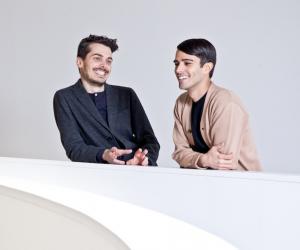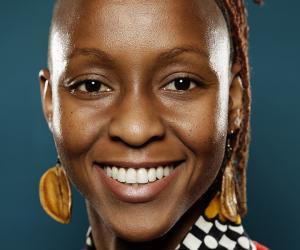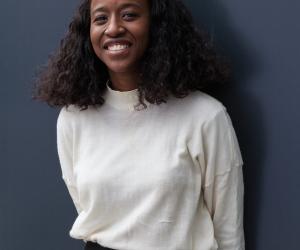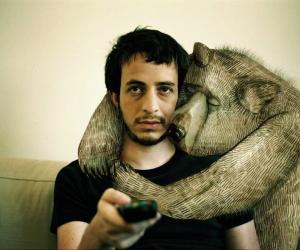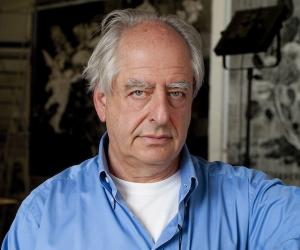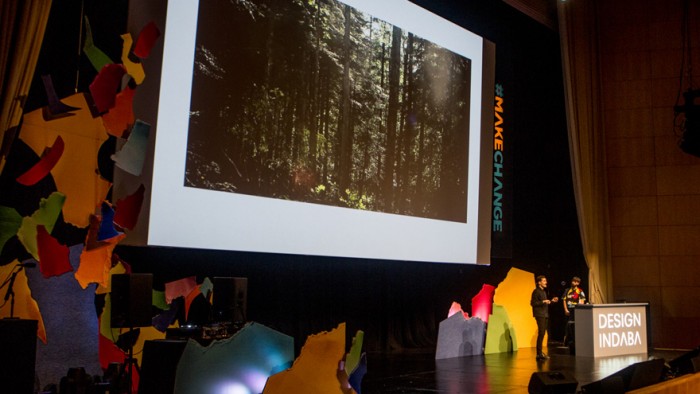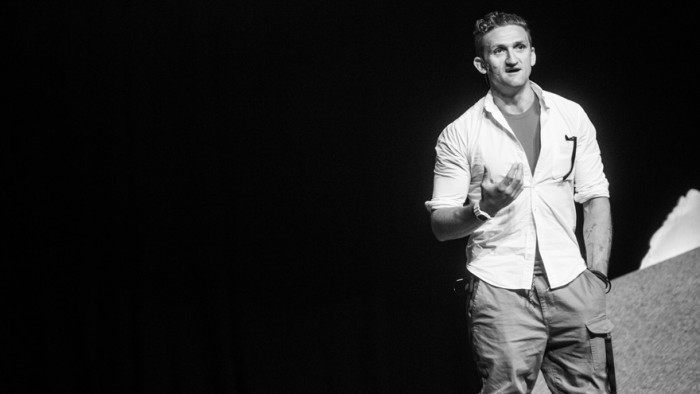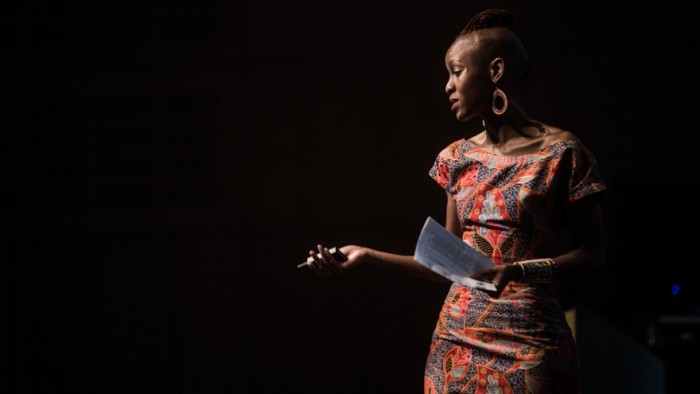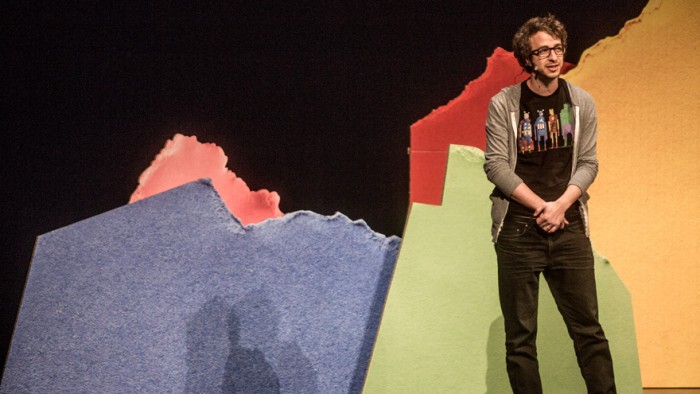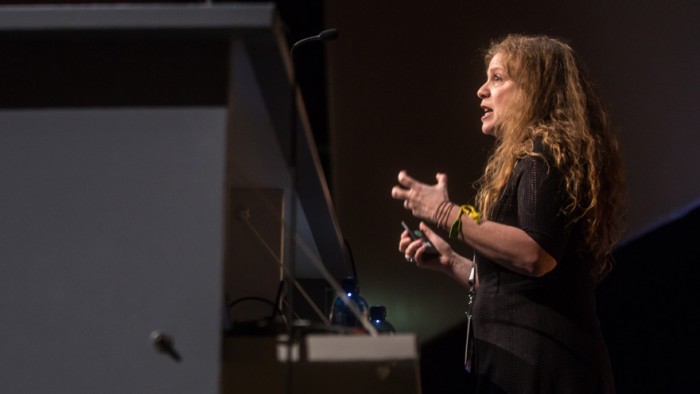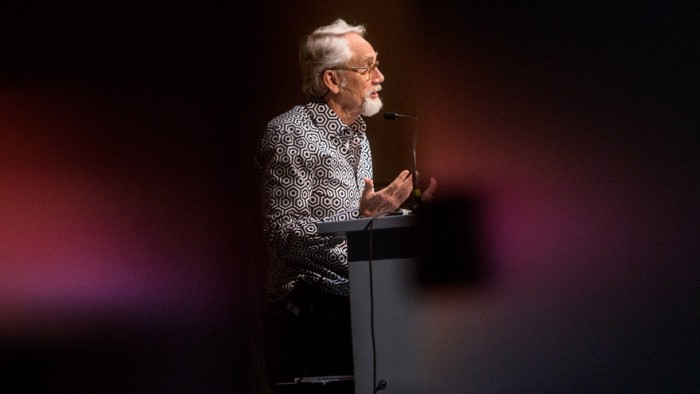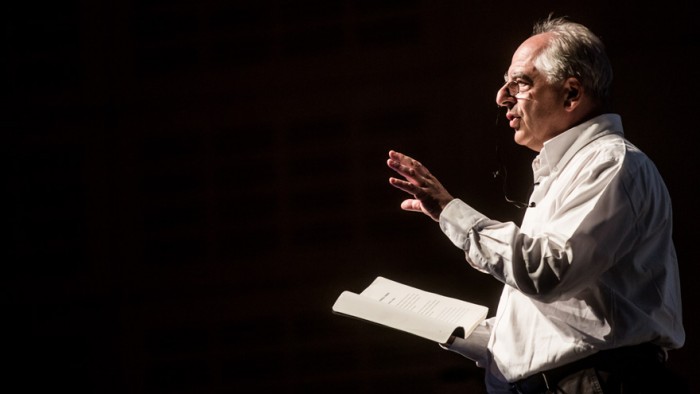From the Series
An unofficial theme developed on the third and final day of Design Indaba Conference 2015: storytelling and the myriad ways to do it.
The day was filled with tales: from Italians Andrea Trimarchi and Simone Farresin of Amsterdam-based Studio Formafantasma, whose product range inspired by the volcanic rock of Sicily has the process and provenance of the raw material embedded in the final design; to Israeli musician and technological wizard Yoni Bloch, with his digital updated take on the choose your own adventure books of yore with his choose your own music video, feature film storyline or chat with former Israeli president and prime minister Shimon Peres.
Some stories were personal, such as New York maverick filmmaker Casey Neistat showing homemade videos – one of him flying to Cape Town to surprise his then-girlfriend on New Year’s Eve; another of the birth of their daughter, Francine. “I don’t know how to write a romantic comedy. What I know are these experiences from my life. I know how to tell my story,” he said.
Some stories were of the teller's professional life, such as fellow New Yorker, graphic designer Emily Oberman, on her 20-year association with television show Saturday Night Live.
Some were marked by the teller’s nationality and ethnography, such as Kenyan Ng’endo Mukii’s anecdote of rummaging around in her father’s library when she was a kid and coming across a photographic book called The Last Africans. “I wanted to be an African,” she said. That meant walking across an “epic sunset” – not living in a house with brick walls, a fridge and Rice Krispies served for breakfast.
South African textiles designer, Sindiso Khumalo, spoke of her “love letter” to her Zulu heritage. Currently living in London, she tells the story of her people in her work, by taking traditional Zulu beadwork and transforming the patterns into textiles.
Dan Wieden told the story of his advertising agency, Wieden + Kennedy, with eight offices in six countries, and his and his partner’s mission to stay independent no matter what. With that, he told the story of his own character: someone for whom company culture is more important than money. Where the creation of a “weird, wild, sticky” work environment where it “hurt your soul to leave the place” trumped whatever monetary reward he and a handful of others from his firm might gain from selling.
William Kentridge wrapped up the day’s action packed lineup with the story of his research for an upcoming opera he’ll stage in China.
And tonight at FilmFest, Stories of our Lives will be screened: a fitting end to a day filled with stories from their lives.


